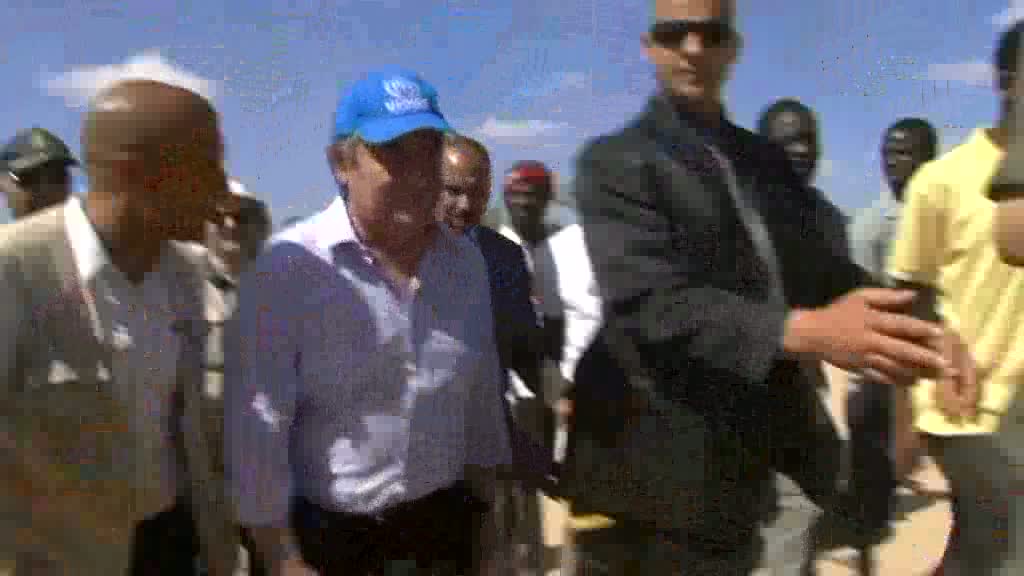UNHCR closes camp in south Tunisia, moves services to urban areas
News Stories, 2 July 2013
CHOUCHA CAMP, Tunisia, July 2 (UNHCR) – The UN refugee agency has completed the transfer of its services and activities for people of concern out of the Choucha transit camp in southern Tunisia to nearby urban areas.
In late June, more than 600 refugees were living in the southern Tunisian towns of Ben Gardane and Medenine. Around 300 refugees have declined assistance in urban areas.
The population at Choucha has been declining in size since 2011, allowing UNHCR to shift its operations to urban areas. "The closure of the camp [at the weekend] has the support of the Tunisian authorities, who have expressed readiness to offer temporary residence to some 250 refugees who will not be resettled to other countries," a UNHCR spokesman said.
Departures to resettlement countries from Choucha began to accelerate in the middle of last year.
In urban areas, refugees are guaranteed access to basic services such as health care and education. They receive a relocation grant and help in securing accommodation from UNHCR's partners, the Tunisian Red Crescent and Islamic Relief Worldwide. As well as financial assistance, refugees can participate in language courses and vocational training as well as income-generation projects.
UNHCR has been working to find solutions for the population in Choucha since the camp's opening in 2011. At the peak of the crisis the camp was receiving up to 18,000 people a day. The majority repatriated voluntarily to their home countries, many with the help of UNHCR and the International Organization for Migration.
The refugee agency is continuing to advocate for the adoption by the Tunisian authorities of a formal legal status for refugees as this would help safeguard their access to socio-economic rights, including income-generation activities.
"UNHCR welcomes steps already taken by the Tunisian government, such as allowing unhindered access to national health and education systems," the spokesman said, while noting that the government had begun fingerprinting refugees in southern Tunisia as a step towards granting temporary residence.
Under an initiative launched in 2011, more than 3,170 refugees have departed to resettlement countries, mainly the United States followed by Norway, Sweden, Australia, Canada and Germany.
Libya's 2011 civil war triggered a massive influx of refugees and migrant workers into southern Tunisia and Egypt. During a six-month period, an estimated 1 million people sought refuge in Tunisia, including 200,000 non-Libyan nationals.
As Tunisia does not have an asylum framework yet in place, UNHCR conducted refugee status determination interviews and granted refugee status to more than 4,000 people.























































